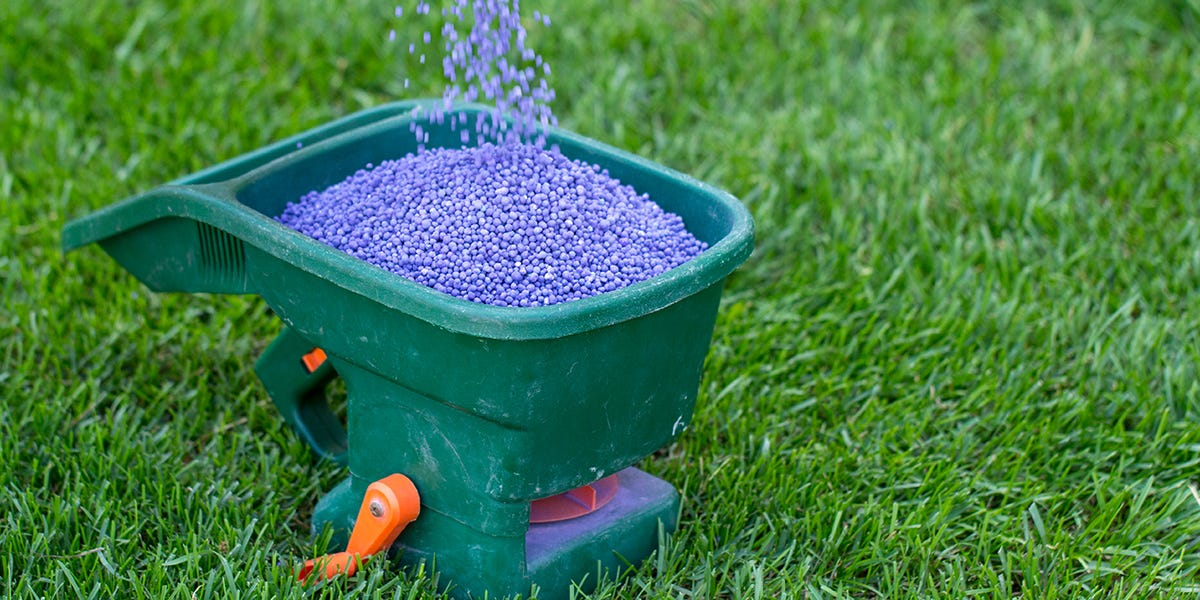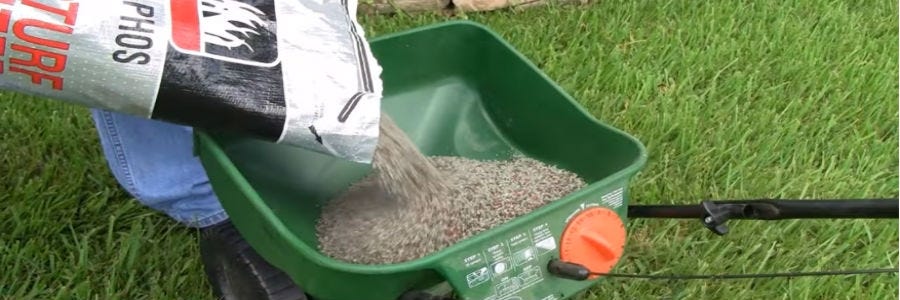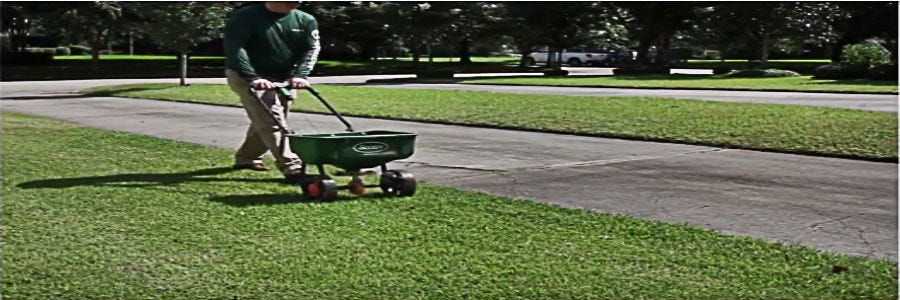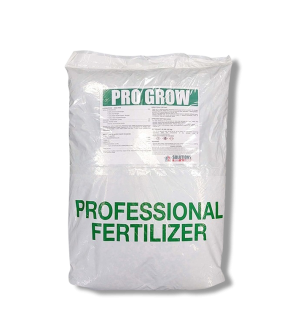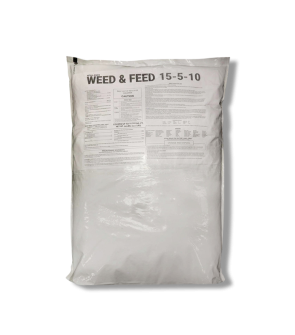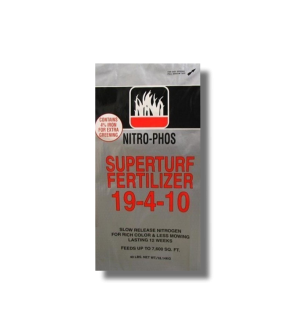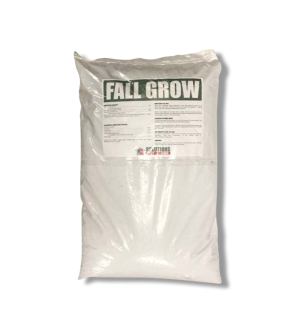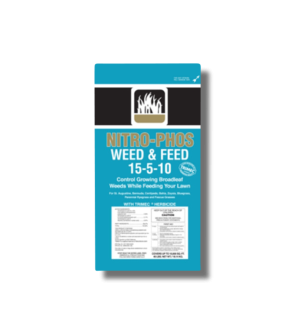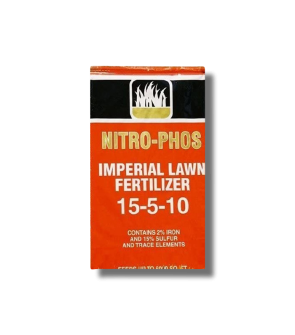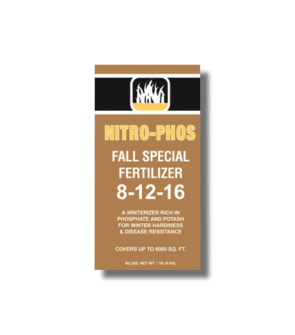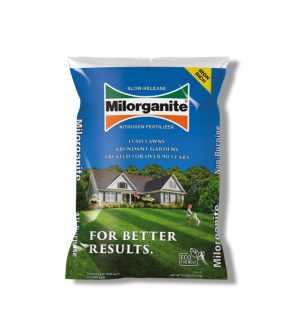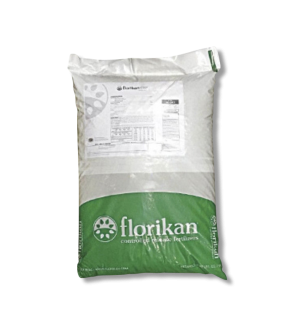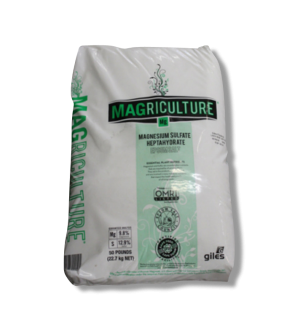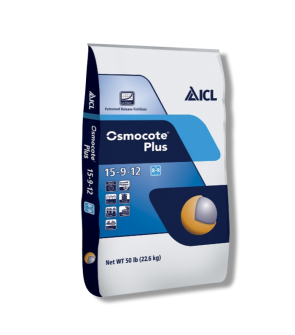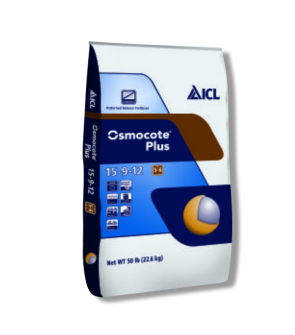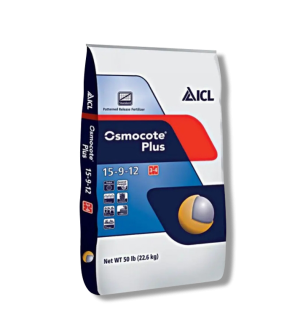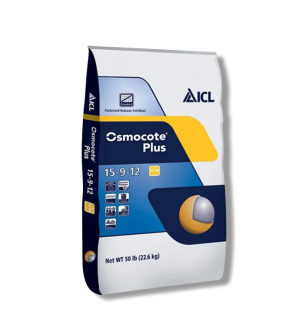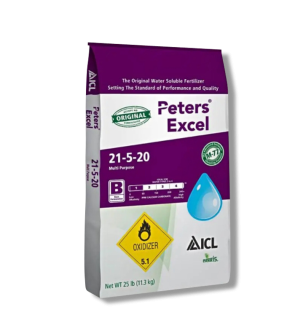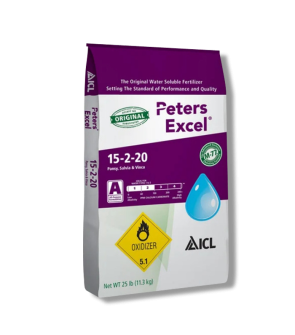Gain access to personalized product screening, the best pricing, rewards, and more!
Most Effective Products
Granular Fertilizer
Granular or dry fertilizer is a type of fertilizer which comes in a dry pelleted form, as opposed to spikes, a liquid, or powder. Most gardening centers carry a variety of granular fertilizers, along with an array of formulations which are designed to address specific soil conditions.
Granular fertilizers are a slow release chemical which can provide a landscape with essential nutrients over a long period of time such as between 2 to 6 months.
The key benefit that comes with granular fertilizer is that it behaves as a sort of time-release capsule, allowing nutrients to flow out over a period of time, rather than flooding (and thus overwhelming) the plants with nutrients as would happen when applying liquid fertilizer. This method of providing nutrition to plants significantly decreases the chances of damaging lawns and plantlife.
Granular fertilizers are popular because of their ease of use. All you have to do is simply spread the dry ingredient evenly over the area intended to be fertilized using a broadcast or drop spreader. This is an efficient choice for homeowners as they will not need to conduct another application until Fall (if laying out in the Spring) or vice versa.
Our experienced lawn care experts can help you by giving you the thoughtful advice on fertilizers so you can make the right decision in purchasing a product as well as getting step-by-step guidance on how to fertilizer your lawn yourself with ease, saving you money.
For more information and more detailed advice on what type of fertilizer to use and how to properly use it, get in touch with us via email, phone or live chat.
Our Recommendations
- Pro Grow 19-4-10 Fertilizer
- Fall Special Fertilizer 8-12-16
- Imperial Lawn Fertilizer 15-5-10
- Weed & Feed Fertilizer 15-5-10 With Trimec
IS A GRANULAR FERTILIZER THE BEST OPTION FOR YOU?
Here are some things to consider if you are trying to decide if granular fertilizer is the best route to take to feed your lawn:
COST AND CONVENIENCE
Granular fertilizers are relatively a cheaper alternative to liquid fertilizers. They come in various combinations of nutrients ranging from all-purpose plant foods to specialized fertilizers for vegetables, roses, bulbs or acid-loving plants. Some provide balanced nutrition and include fairly equal amounts of nitrogen, phosphorus and potassium. Other fertilizers contain one nutrient only.
VERSATILITY
Granular fertilizers can be used a number of different ways. You can dig into the soil and spread them prior to planting a vegetable garden or spread the fertilizer in a band around plants to give them the necessary nutrition in the middle of the summer.
Granular fertilizer can be spread by shaking it gently over the ground (hand broadcasting) or via using a granule spreader for quick distribution over a large area. Granular fertilizers come in water-soluble formulas that become active instantly when mixed with water, or slow-release formulas that release nutrients over a span of a few months.
User Guide
Tools Needed
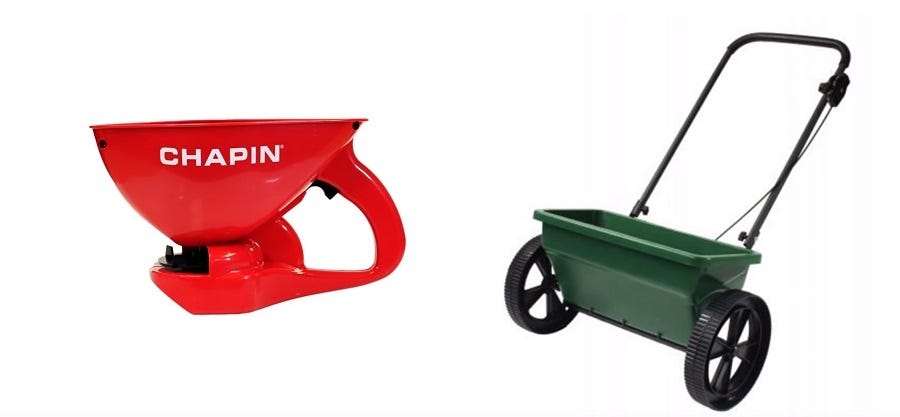
- Plantmate handheld broadcast spreader
- Solo chest type Spreader
- Earthway Hand Spreader 3400
- Earthway Residential 2 wheel Broadcast Spreader
- Chapin handheld Spreader
PPE
- Chemical Resistant Gloves
- Dust / Mist Mask
- Safety Glasses
Step 1: Prepare Your Soil.
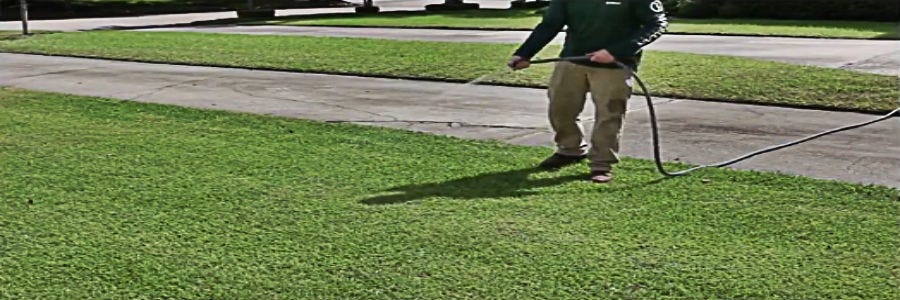
The first thing you must do before applying your granular fertilizer is to prepare your soil. To do this we recommend watering your lawn or garden and getting some wetness there so the fertilizer granules can be better absorbed. This will allow the granules to mix better with the soil and you will notice a difference in the soil’s texture when planting in the future.
Step 2: Choose the right time to fertilize.
When you should fertilize your lawn often depends on the amount of time and money you want to spend on your lawn.Solutions Pest and Lawn recommends a light fertilization in spring and early summer and a heavy application during the fall season.
Step 3: Prepare the equipment.
Make sure to use the right equipment when fertilizing your lawn with granule fertilizer. We recommend using a broadcast spreader because that is what the professionals use. If you want the best results and want to lay down fertilizer like a pro, get a high-quality broadcast spreader.
A broadcast or rotary spreader is an excellent option for larger lawns, especially if the spreader has a side-shield feature. This feature makes application along the lawn's perimeter easy by shutting-off half of the spreader flow, so product is only applied on the turf and not on non-lawn areas like the sidewalk or driveway.
Step Four: Apply Product
When spreading, make sure to not go to slow or too fast so you can get a nice even spread. Keep the spreading at a consistent speed all the way through.
Fertilize the perimeter of the lawn by doing a “trim pass” this will make the spreader lay out fertilizer along the edges so you get your turf covered well. Then you walk in a grid-like fashion, following the wheel marks of the late pass.
Things To Consider
- Fill granular fertilizer spreaders on a hard surface where spills are easy to clean up. Never wash fertilizer spills into the street or other hard surface areas where they can easily enter storm sewers and eventually end up in surface water. Clean granular fertilizer spreaders overgrassy areas to prevent runoff of fertilizer from hard surfaces.
- Close the gate on your fertilizer spreader when crossing hard surface areas. If fertilizer falls on a
hard surface, sweep it up and use it later. - When applying fertilizer near a body of water it is better to use a drop spreader. Drop spreaders are more precise but slower than rotary-type spreaders. The rest of the area further away from the shoreline may be fertilized with either a rotary or drop spreader. Never deposit fertilizer into lakes, streams, wetlands or other bodies of water.
The amount of nitrogen your lawn needs depends on what type of grass you have, the soil type and how you maintain. High-maintenance lawns often have Kentucky bluegrass and turf-type perennial ryegrass varieties. These lawns perform better with regular applications of water and fertilizer. Low-maintenance lawns usually contain common types of bluegrass combined with a mixture of other grasses. These lawns grow and spread more slowly than high-maintenance lawns without requiring much extra water or
nitrogen fertilizer.
Before applying granular fertilizer it is helpful to determine the total amount of product that will be needed to cover your lawn area. Measuring the area to be treated will help you know how much total material will be needed.
You will also need to determine the total amount of material needed to cover your application area. Most turf grasses will need to between ½ to 1 ½ pounds of nitrogen per 1000 square feet, depending on the turf grass variety.
To determine the amount of fertilizer needed to equal 1 pound of (N) nitrogen per 1,000 square feet, divide 100 by the first number in the analysis.
For example, if you are using a 15-5-10 fertilizer, then you need 6.6 pounds per 1,000 square feet. (To determine the amount needed to apply 1 ½ pounds per 1,000 square feet, substitute 150 for 100.) 100 ÷ 15 = 6.6
If your lawn is 5,000 square feet, you will need 33 pounds of 15-5-10 fertilizer. (5,000 ÷ 1,000) × 6.6 = 33
Key Takeaways
-
Choose what granular fertilizer application method is best for you. A drop spreader, rotary spreader or broadcast spreader have their own plusses and minuses.
-
When spreading we recommended doing two passes perpendicular to one another to ensure an even spread.
- Do not overapply and always follow the directions on the label. If you use too much fertilizer you can burn your lawn and do considerable damage.






